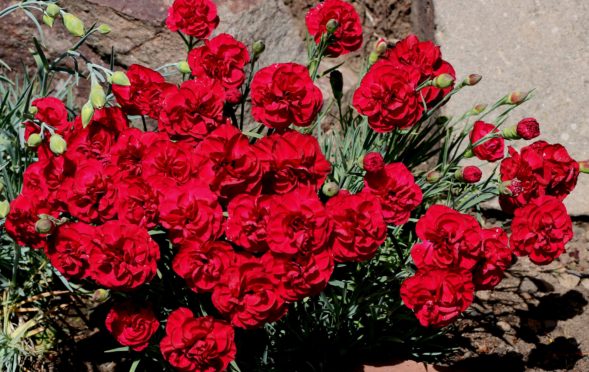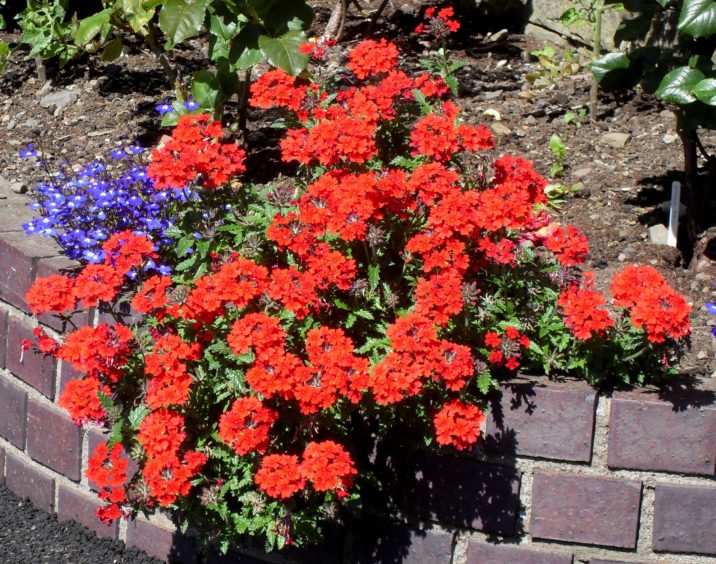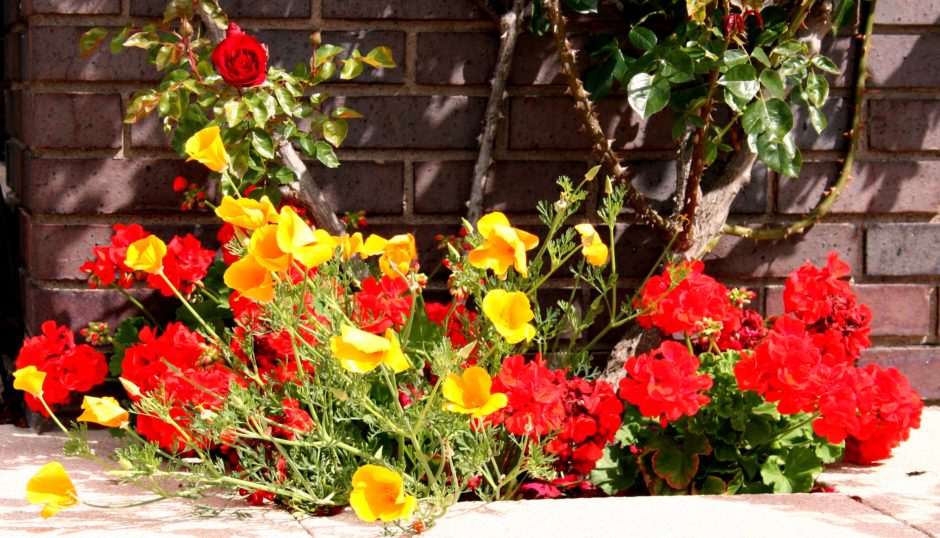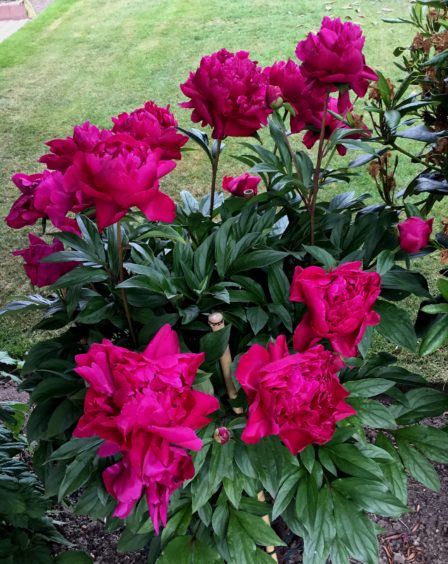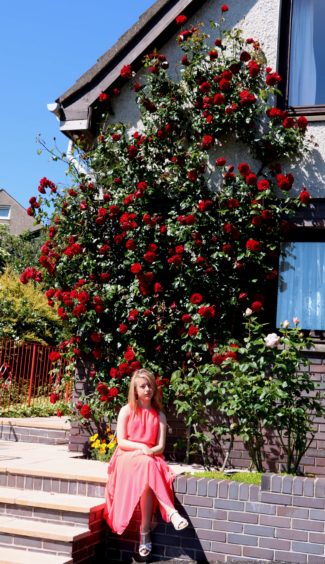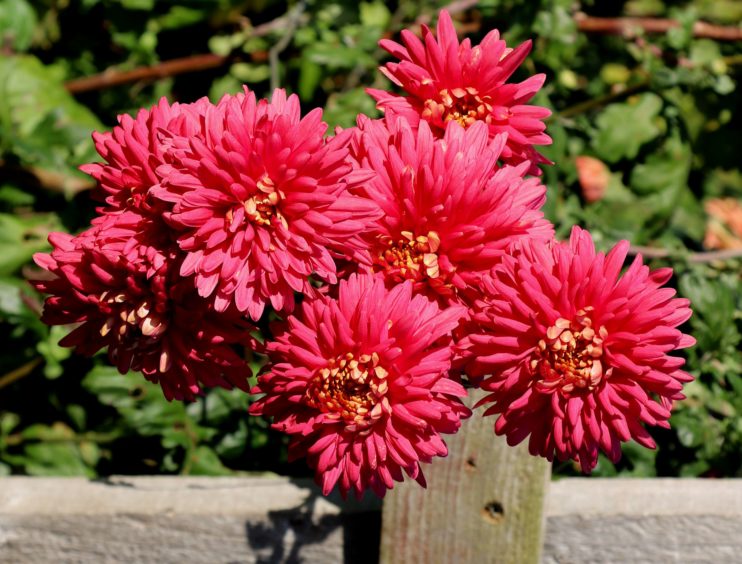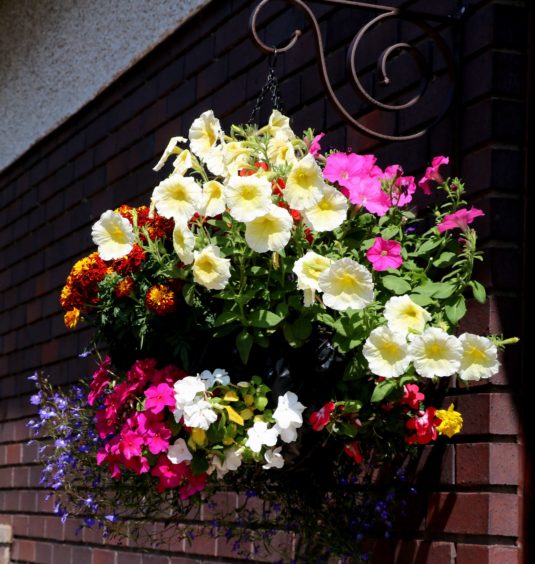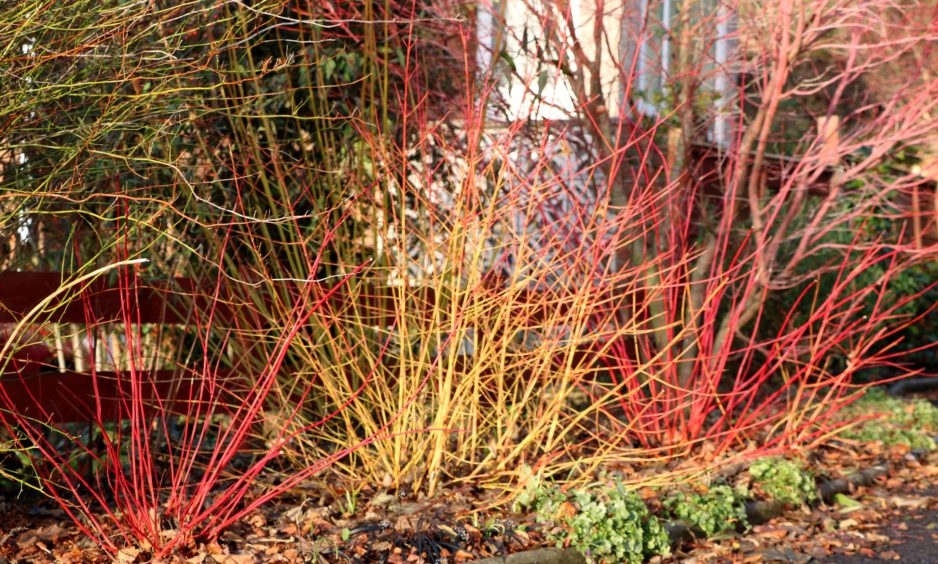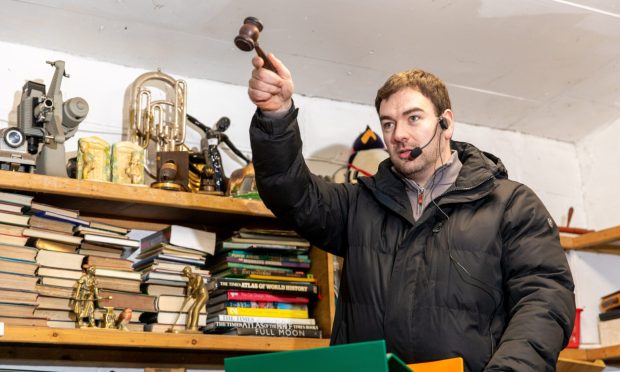Although the spring flowers are just getting started we still need to look ahead to a plan of action to make sure the summer flowers will put on a great show.
Gardening is a continuous activity and a lot of work is usually involved well ahead of flowering.
Tubs and hanging baskets are planted up with geraniums, marigolds, Busy Lizzies, petunias, nemesia, lobelia, fuchsias and tuberous begonias.
Many of these plants are annuals grown from seed in early spring, but some (geraniums and Busy Lizzies) are also perennials retained over winter from autumn cuttings, rooted, then grown on a sunny windowsill over the winter months.
The tuberous begonias are retained year after year by drying off in autumn and stored in a frost free shed, but brought back into growth from early March in a warm place.
At this time of year nurseries and garden centres are full of summer bedding plants so a good selection is always available.
I make up my summer hanging baskets in April, but keep them in a sunny sheltered spot on the ground to establish before they get hung up.
My spring flowering hanging baskets full of pansies like to keep flowering well into summer so at some point these come down so I can put up the summer flowering baskets, but I always find a spot for the pansies to brighten up a dull area for another couple of months.
Any spare plants are planted where ever I see a bare patch, usually after removing some shrubs that have gone past their sell by date, overgrown their allocated space, or just died. Outdoor fuchsias can die out after a bad winter as well as Ceanothus.
This is a good time to visit nurseries and garden centres to see plants in flower, as it is hard to imagine colours from a catalogue.
Rhododendrons, azaleas and Camellias can all be found in flower to make selection easier. Buying in some new shrub roses, bush or climbing roses will need to wait a bit longer, but as they are mostly container grown this is no problem.
My climbing rose Mme Alfred Carrier had been scheduled for a winter removal as it had out grown its tall supporting fence by putting on massively long shoots reaching up to overhead telephone lines and blocking paths nearby.
However it is such a beauty, that I could not dig it out, so it got a severe pruning and a verbal warning to behave itself or it would get the chop next year. That usually works.
Check young shoots on roses as the mild winter has allowed greenfly an early start and I see them beginning to make themselves at home on fresh young growth.
The herbaceous border will soon come alive with Oriental poppies, Delphiniums, flag iris, lilies, peonies, phlox and mine is bordered with pinks, Verbena and Shasta daisies as the border is up a bank retained by a three foot high wall.
Weeds are now getting organised so sharpen up the hoe and let the war commence.
As the soil surface is beginning to dry up and warm up this is a good time to sow annuals. Poppies, godetia, candytuft, clarkia, cornflower and numerous more will all grow fast and put on a great show for summer.
They flower best on poorer soils, so no need to add compost or manure to annual borders, but prepare the surface by raking to a good tilth to achieve a decent germination.
Once the seeds germinate and begin to grow they will most likely need thinning some of which can be used as transplants.
Gladioli, chrysanthemums, and sweet peas all make brilliant cut flower for the house as well as adding a splash of colour to the garden and allotment, and these can now get planted out.
Gladioli corms retained from last year can be supplemented by buying in a few more colours to add variety.
Wee jobs to do this week
The coloured stem winter border has brightened up the garden since autumn, but now crocus and tulips planted in between the shrubs need room to flower so it is time to cut back the Cornus, and willow to ground level.
They are very tough so grow up again quite quickly.
I also grow Kerria japonica and the Japanese maple, Acer Sango Kaku, but they do not get cut back.
Just tidy up any straggling shoots from the maple, and prune old flowering shoots from the Kerria after flowering in late spring but leaving any strong young shoots which will flower next year.
